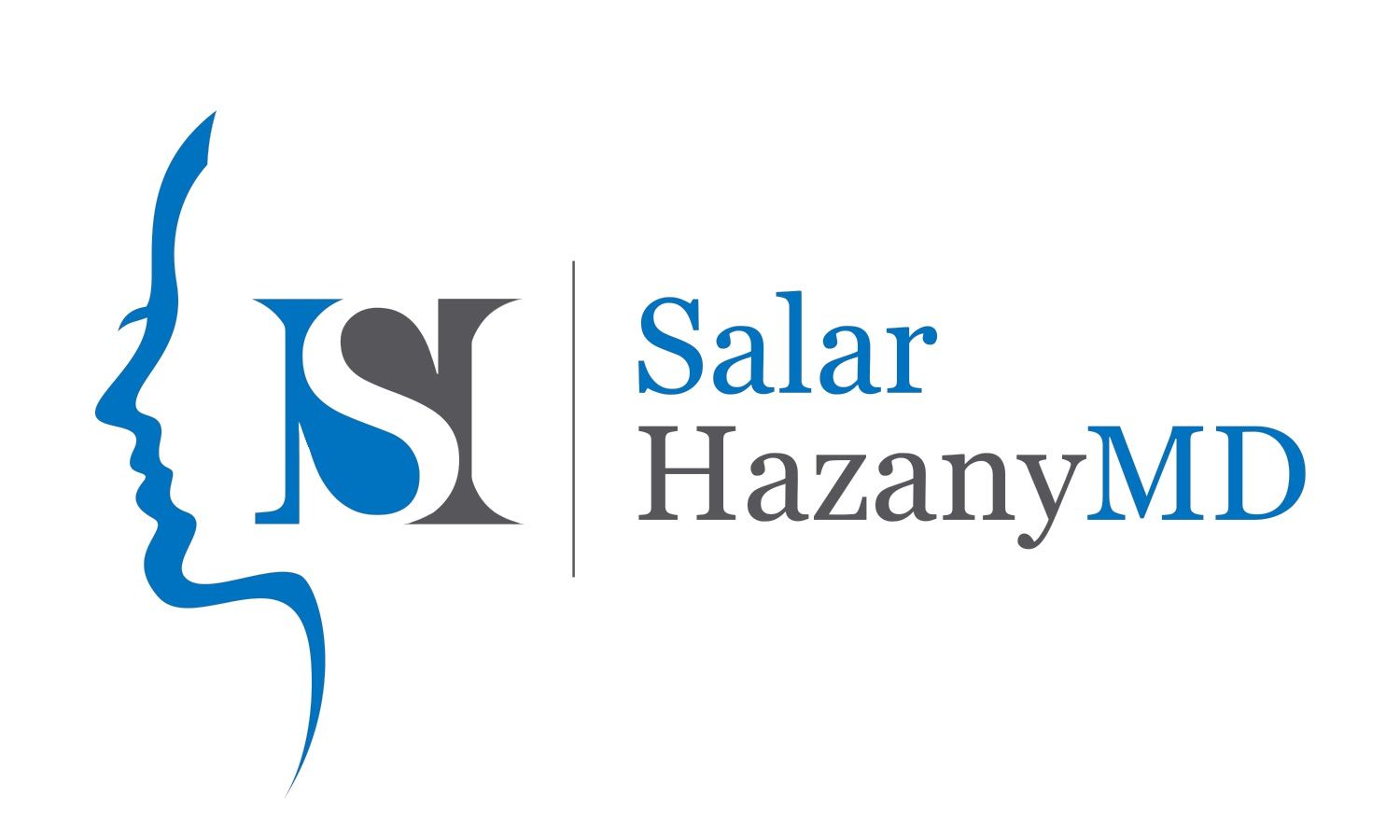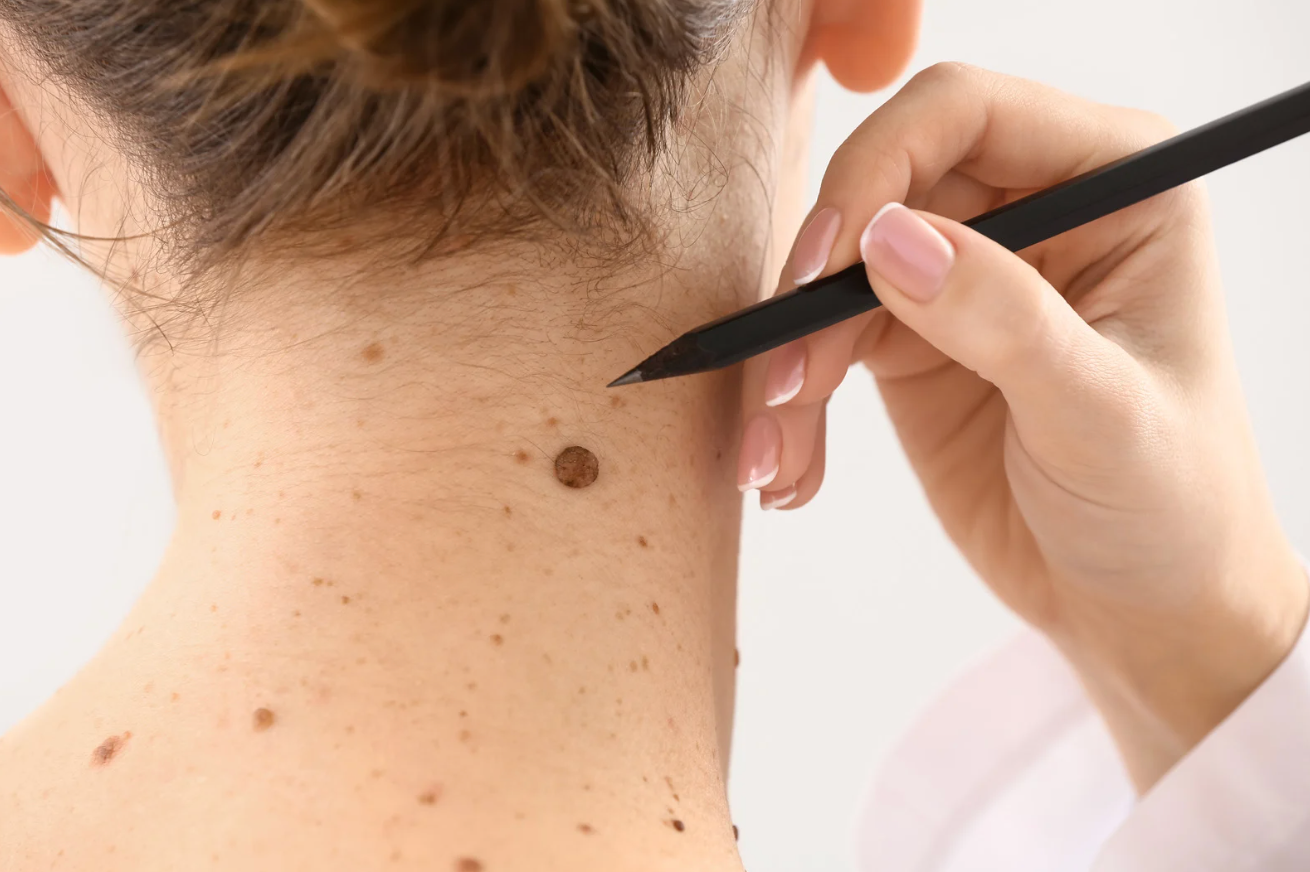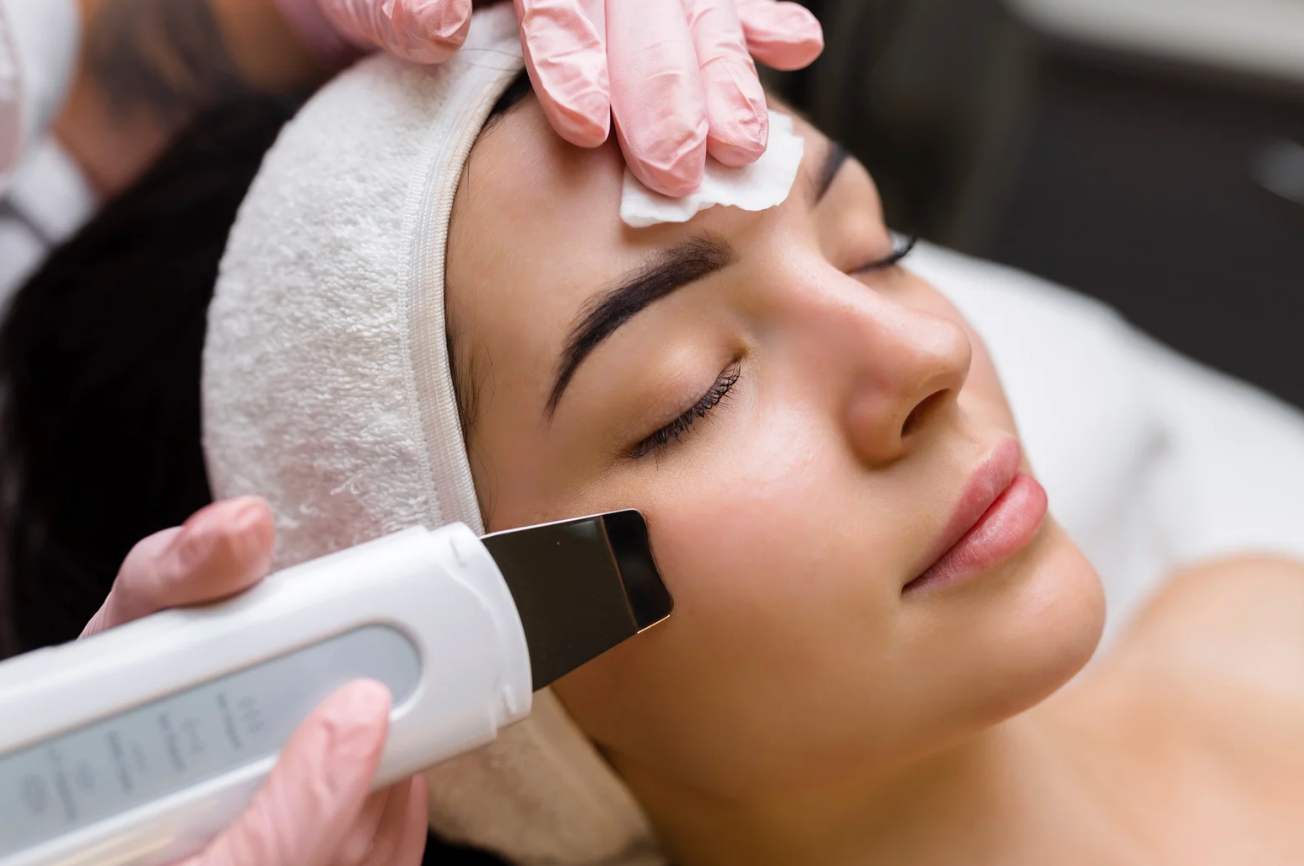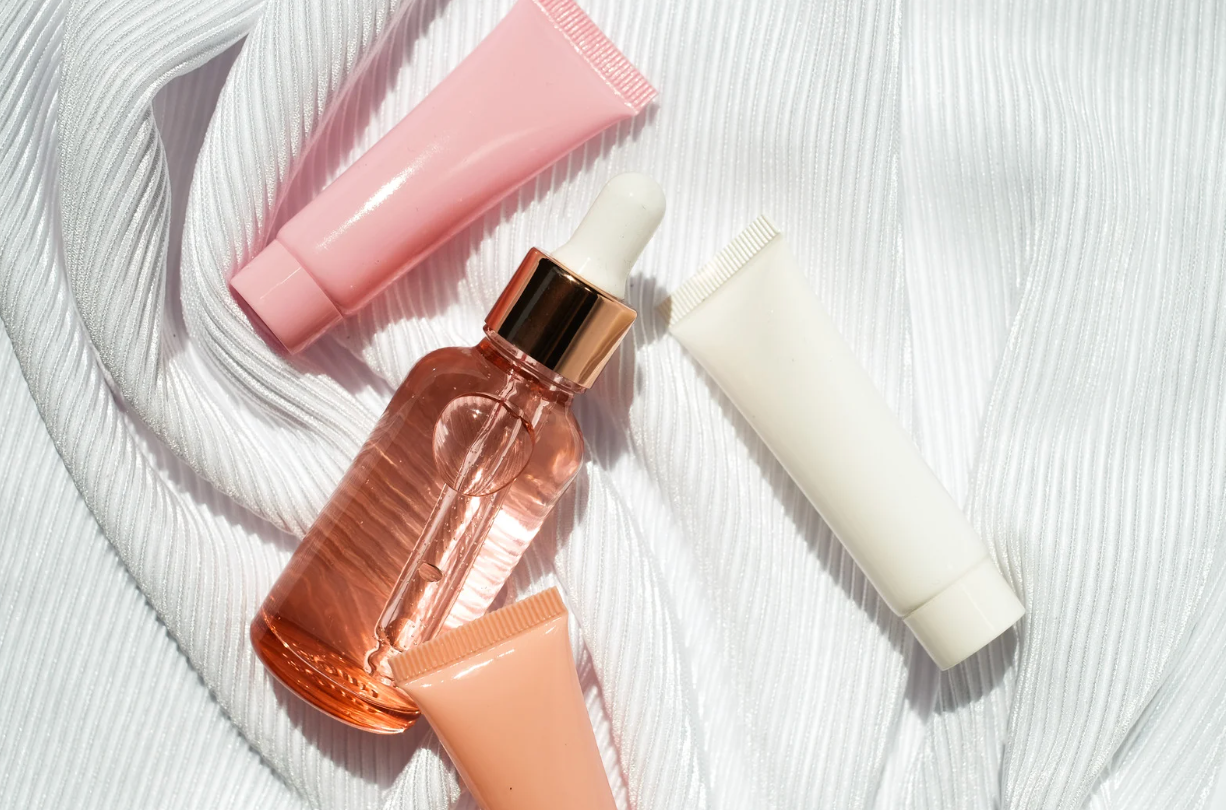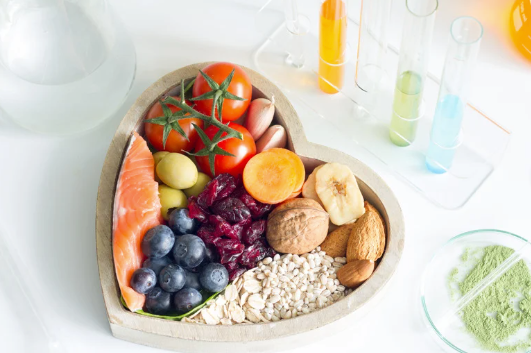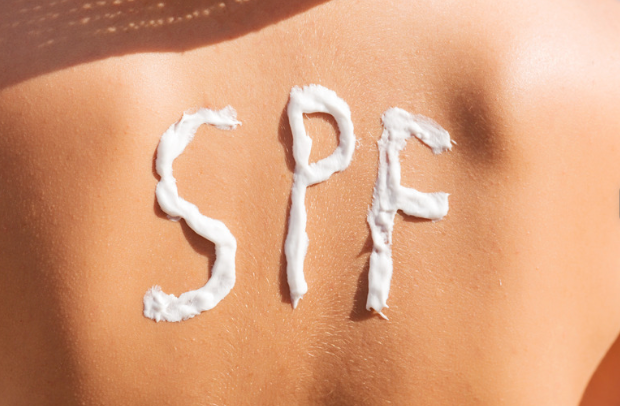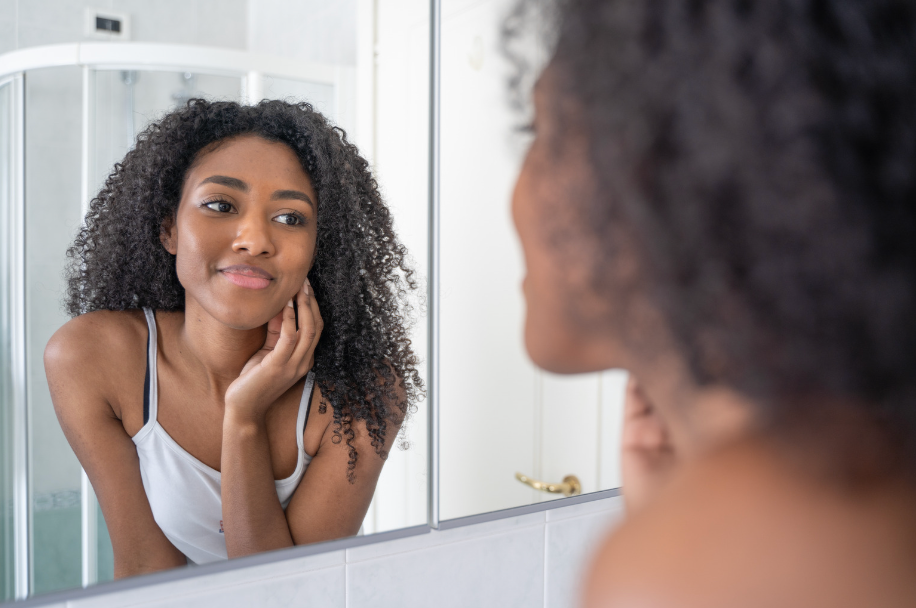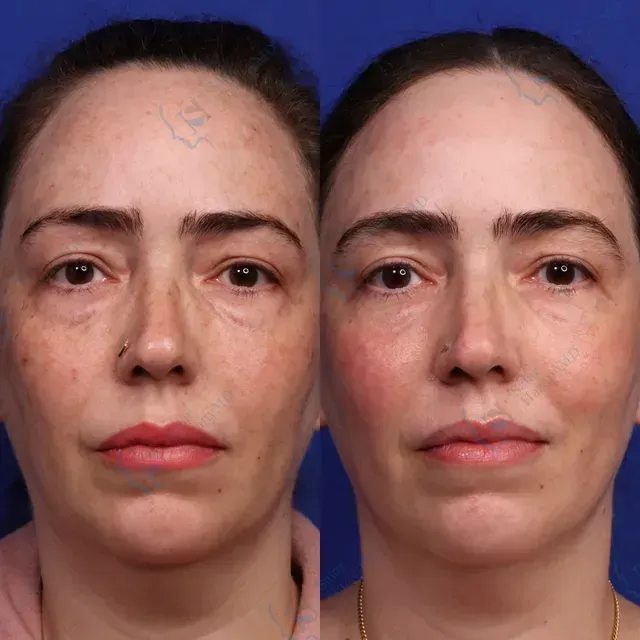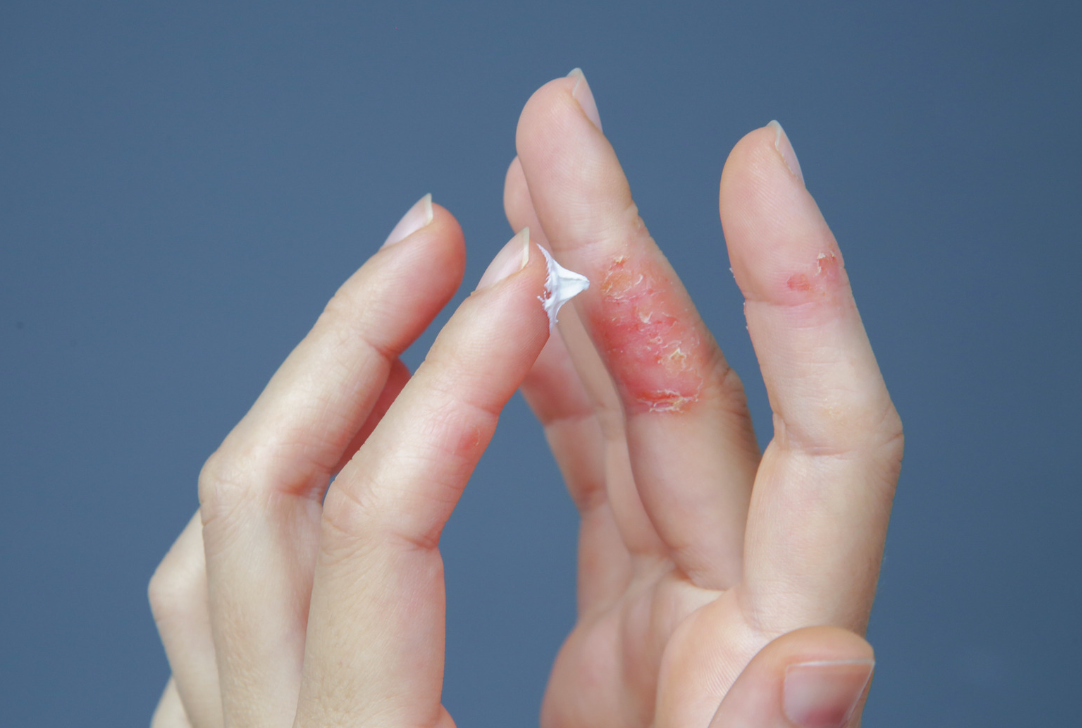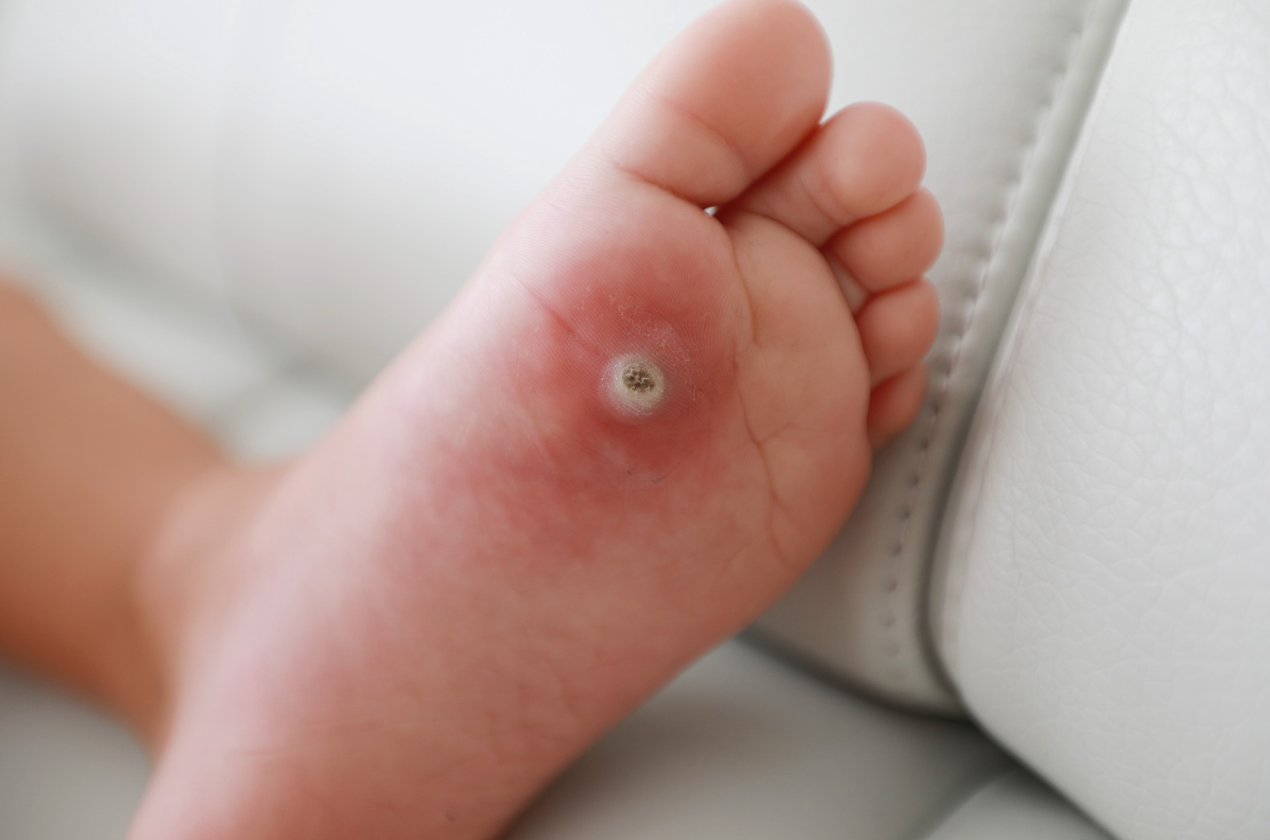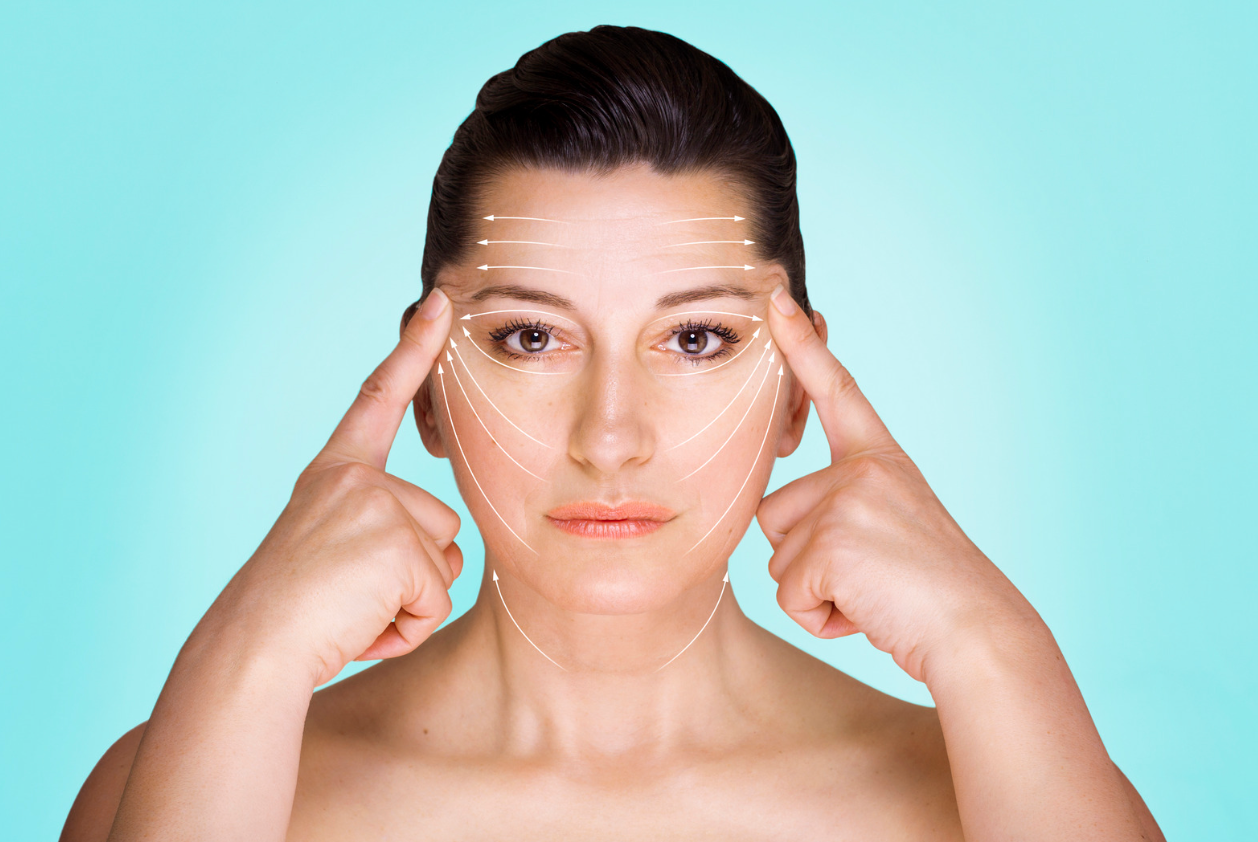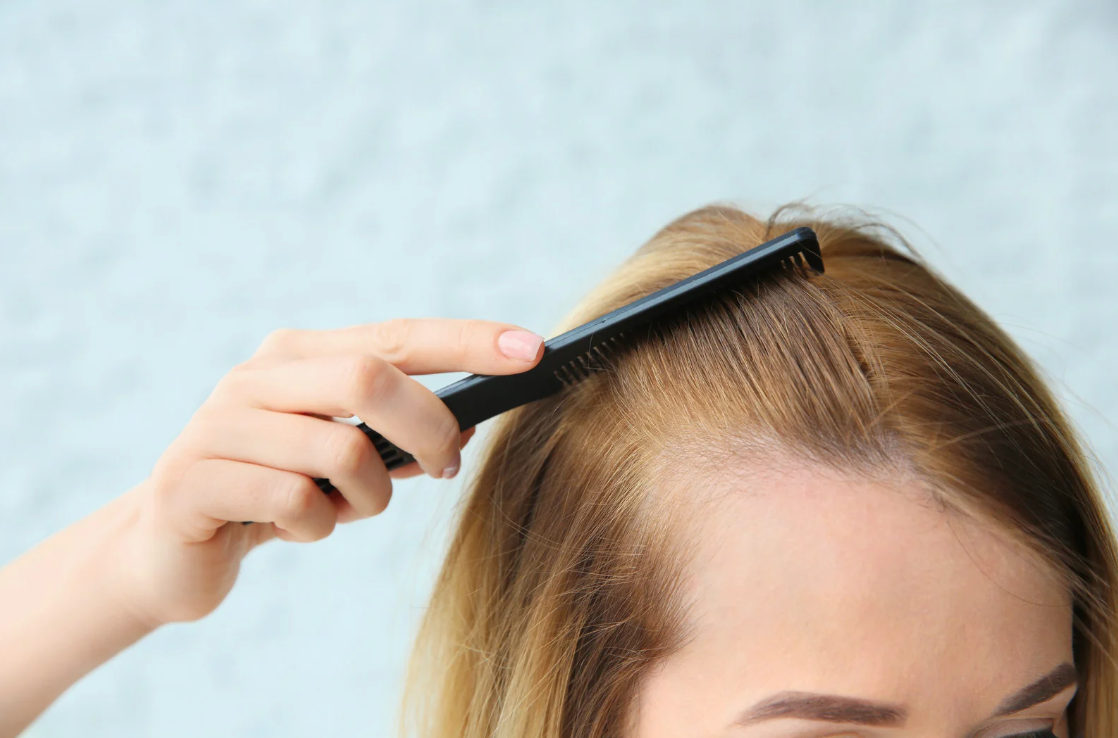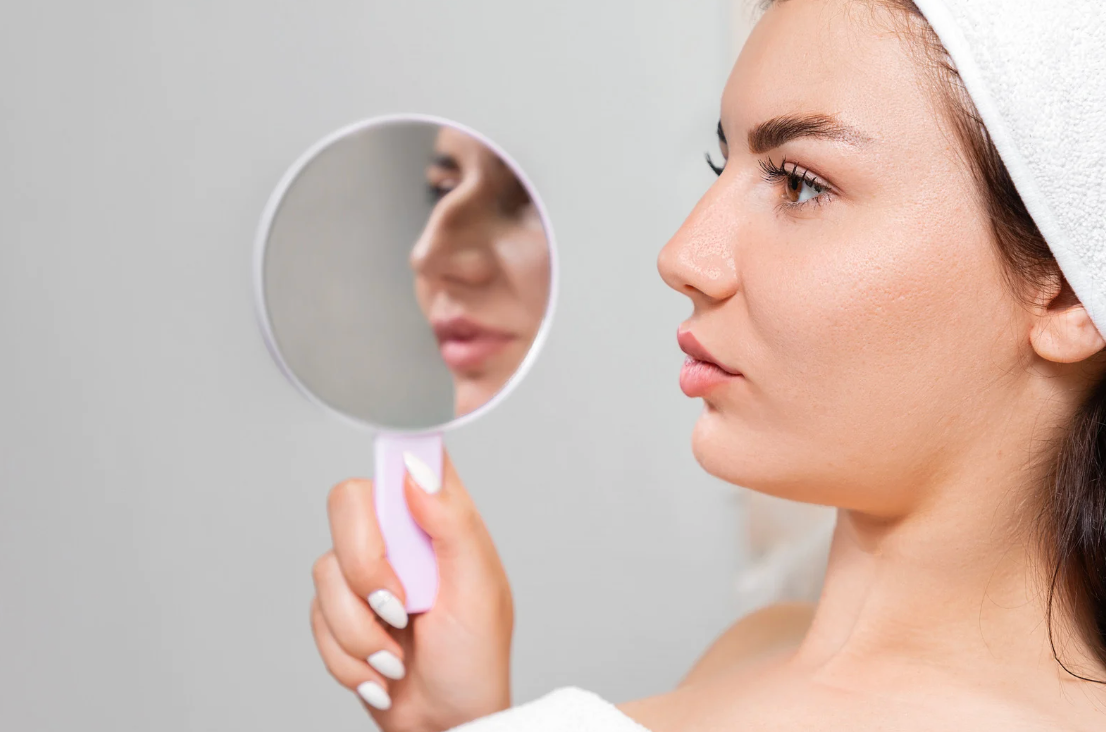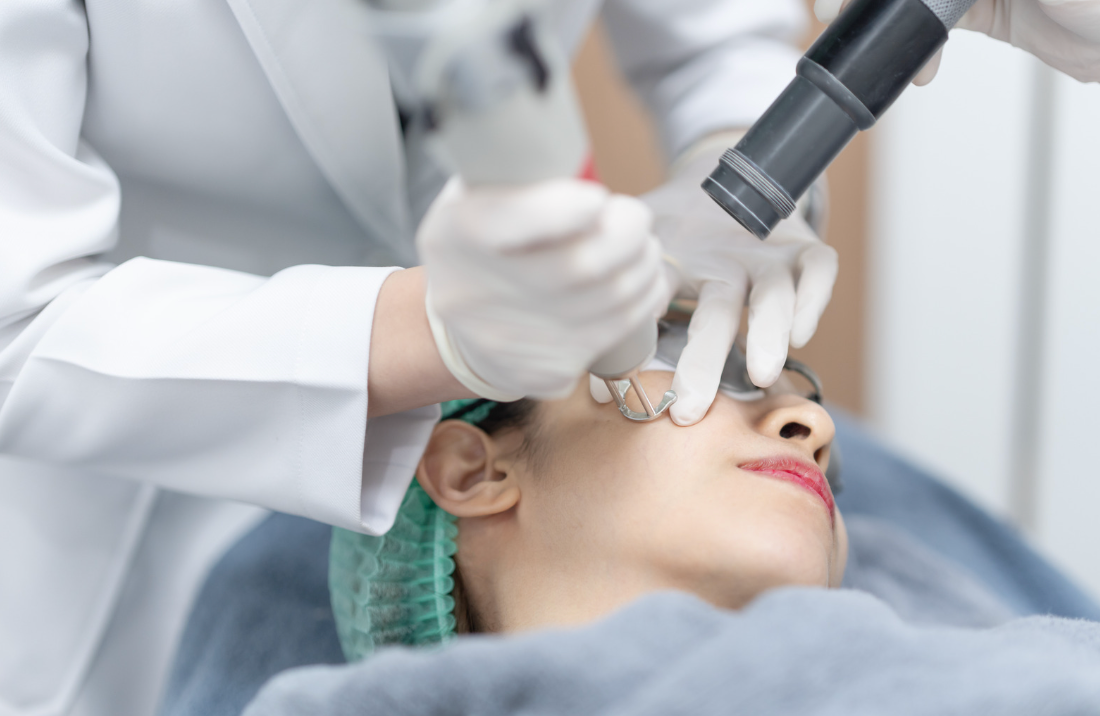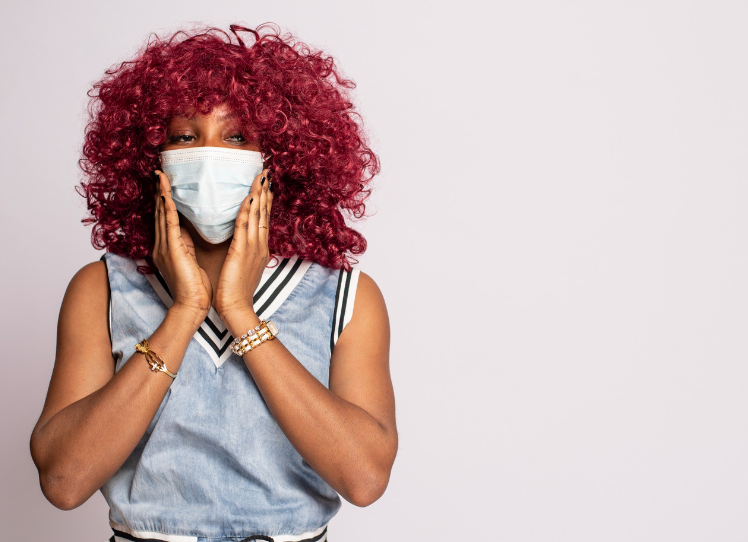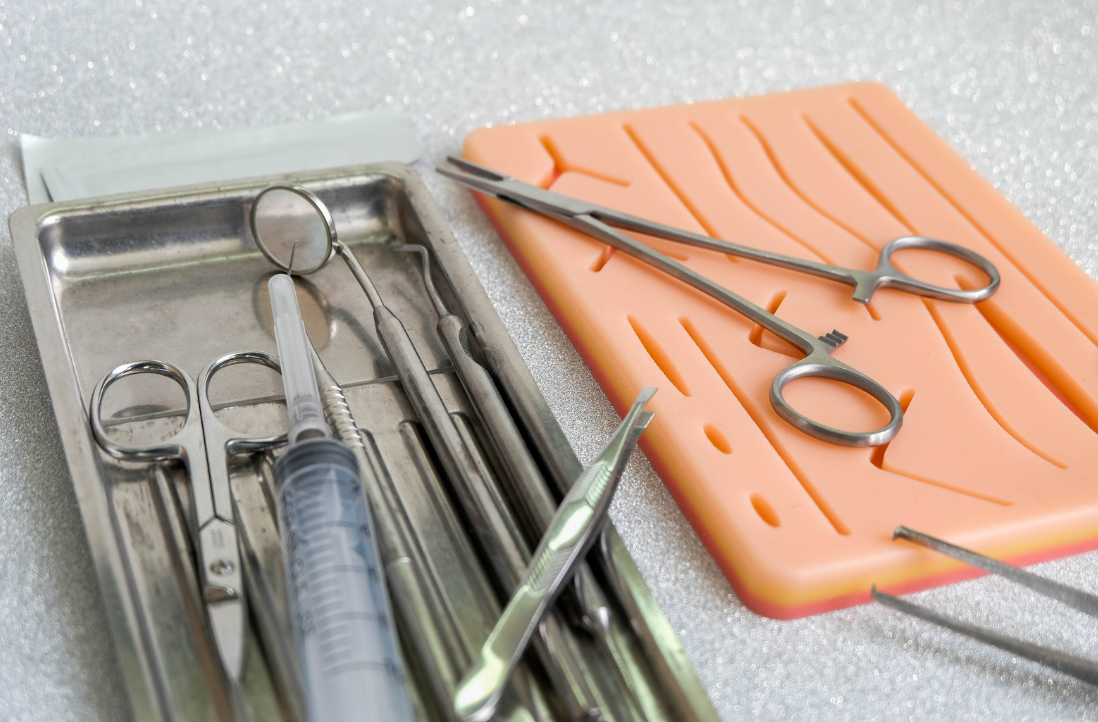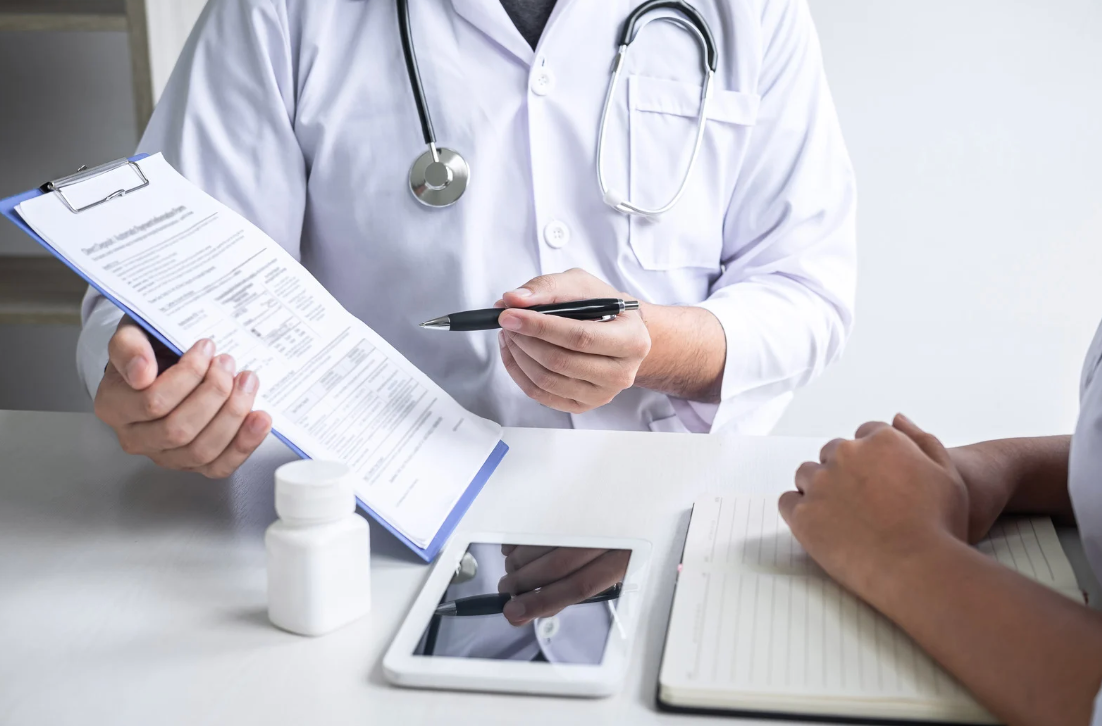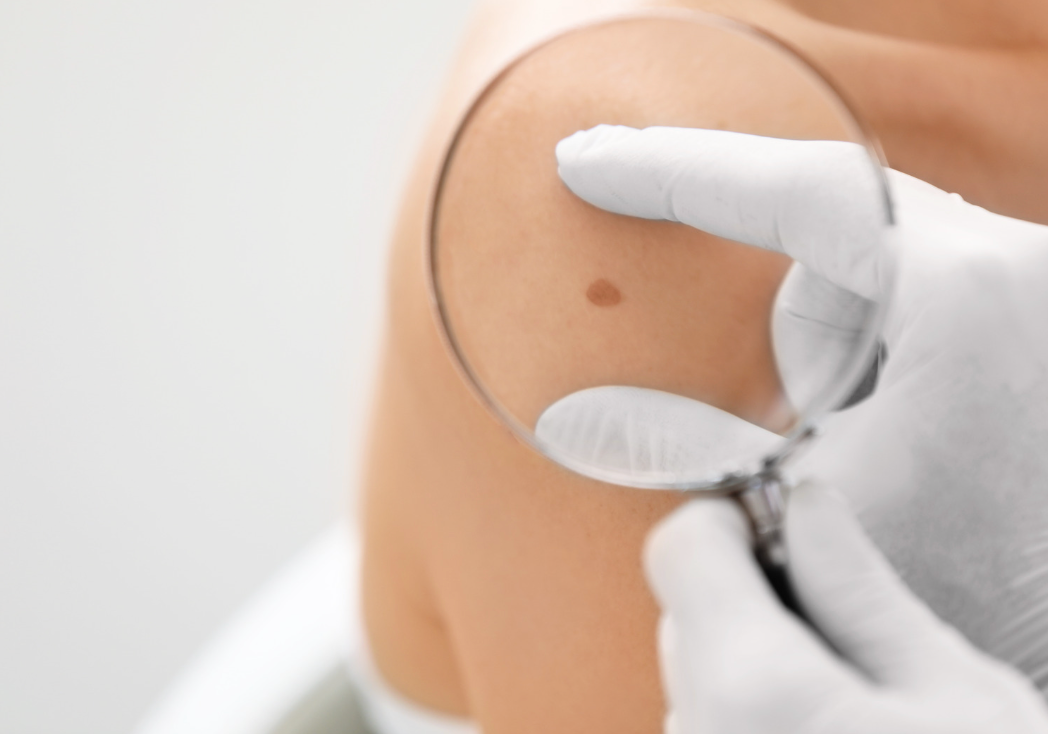Solving Psoriasis: Shedding the Stigma
Psoriasis: Beyond the Flare-Ups
Psoriasis is a chronic skin condition related to overactivation of the immune system that manifests as scaly patches, often on the scalp, elbows, and knees. This post will help you understand more about what causes psoriasis, symptoms of psoriasis, and how to treat psoriasis.
What is psoriasis?
Psoriasis is a common skin condition rooted in your immune system, creating a rash with red, itchy patches. The scaly skin commonly appears on the knees, elbows, and scalp areas. Psoriasis is a long term, immune mediated disease that does not have a cure, so managing psoriasis and its flare ups can be tricky. Psoriasis can be uncomfortable, emotionally distressing, and at times, debilitating. Despite its prevalence, many misconceptions surround this condition.
What causes psoriasis?
Psoriasis occurs when the immune system mistakenly attacks healthy skin cells, causing rapid turnover of skin cells. This results in the accumulation of dead skin cells on the surface, leading to the formation of raised skin patches covered with silvery scales. While the exact cause of psoriasis remains unknown, a combination of genetic predisposition and environmental factors is believed to play a significant role for people who develop psoriasis. Some common triggers of psoriasis can include stress, skin injury, infection, tobacco and alcohol.
What are common symptoms of psoriasis?
The symptoms of psoriasis can vary in people with psoriasis depending on the type and may range from mild to severe. Some common signs and symptoms of psoriasis include:
Red Patches of Skin
These patches are often covered with thick, silvery scales and may appear on any part of the body of people with psoriasis, including the scalp, elbows, knees, and lower back. These patches are caused by excessive skin cell production and can occur in flare ups. As with many other skin conditions, psoriasis can present differently between light skin and darker skin tones. With darker skin, the patches may not contrast as clearly and could appear darker red, purple, or even brown, making it more difficult to diagnose psoriasis.
Itching & Discomfort
Psoriasis patches can be itchy and may cause discomfort or pain, especially if they crack and bleed. Sometimes during psoriasis flare ups, itching can be so severe that it can interfere with daily activities and sleep. The discomfort can be described as burning, soreness, and stinging.
Nail Changes
Psoriasis can affect the nails, causing them to become pitted, thickened, or discolored. In some cases, people with psoriasis may notice their nails detaching from the nail bed. Severe psoriasis can lead to the nail crumbling.
Joint Pain
Some people with severe psoriasis may also develop psoriatic arthritis, which causes stiffness, swelling, and pain in the joints. For some people with a psoriasis diagnosis, the joint problems can begin either before the skin disease appears or at the same time. The joint pain can affect any part of the body, including your fingertips and spine, and the disease flares can alternate with periods of remission.
What are the different types of psoriasis?
Psoriasis can take several different forms and it is important to note the differences because your treatment plan can vary based on the unique symptoms. Individuals with psoriasis should work with healthcare providers to identify their triggers and develop an effective management strategy.
Plaque Psoriasis
Plaque psoriasis is the most common type of psoriasis, affecting 80-90% of people with psoriasis. It can be identified by raised, red patches covered with a scaly patch of dead skin cells, also known as psoriasis plaques.
Guttate Psoriasis
Guttate psoriasis often manifests itself in childhood or young adulthood with small, dot-like lesions that appear suddenly, usually on the torso and limbs. In contrast to plaque psoriasis, this type of psoriasis forms lesions that are not as thick as plaques. Guttate psoriasis is frequently triggered by strep throat since the immune system's response to strep throat can create inflammatory reactions in the skin.
Inverse Psoriasis
Inverse psoriasis appears in skin folds as red, shiny lesions that are smooth rather than scaly. It is commonly caused by irritation from rubbing and sweating, so it affects areas such as the armpits, under the breasts, around the groin, and other skin folds.
Pustular Psoriasis
Pustular psoriasis is a rare type of psoriasis and can be classified as moderate to severe. Symptoms include white blisters surrounded by red skin. Pustular psoriasis can be either localized, commonly on the hands and feed, or generalized, spread across wide areas. Common triggers can include withdrawal from certain medications, infections, and stress.
Erythrodermic Psoriasis
Erythrodermic psoriasis is the least common and also the most dangerous form of psoriasis. It is characterized by severe redness and skin shedding over a large area of the body. This can lead to intense itching and pain and eventually even fluid loss and infection. Erythrodermic psoriasis triggers can include skin injuries, severe sunburns, infections, or by terminating psoriasis treatment suddenly.
Nail Psoriasis
Nail psoriasis specifically affects the fingernails and toenails, causing observable pitting,, abnormal growth, and discoloration. It can cause the nails to loosen and separate from the nail bed or crumble. It often occurs alongside other forms of psoriasis, typically plaque psoriasis.
Psoriatic Arthritis
Psoriatic arthritis affects the joints and connective tissue, causing pain, stiffness, and swelling. If left untreated, psoriatic arthritis can lead to joint damage and deformities. Triggers can include joint injury and overuse, which can be found in athletes.
What treatment options are available for psoriasis?
While there is currently no cure, psoriasis treatments are available to help manage and prevent psoriasis symptoms from worsening. Common psoriasis treatments to improve quality of life may include:
Topical Treatments
These include creams, ointments, and lotions applied directly to the affected skin to reduce inflammation and scale formation. Topical corticosteroids, calcineurin inhibitors, and vitamin D analogs are commonly prescribed topical medications. With consistent application, these can help keep the skin moist, alleviating pain associated with cracked skin and dry skin. For scalp psoriasis, shampoos with salicylic acid may be prescribed or bought over-the-counter.
Phototherapy
Phototherapy, or light therapy, involves exposing the skin to ultraviolet light under medical supervision. This can help treat psoriasis by slowing down the growth of new skin cells and reducing inflamed skin, thus decreasing the likelihood of a psoriasis flare up. Phototherapy typically involves multiple sessions of ultraviolet light exposure per week over a period of a couple months, but can vary depending on the severity of the psoriatic disease.
Systemic Medications
For more severe cases of psoriasis that do not respond to topical treatments or phototherapy, certain medications may be prescribed. These include oral or injected medications as well as biologic agents that target specific components of autoimmune diseases. Regular monitoring through blood tests and clinical evaluations is crucial to manage potential side effects.
Lifestyle Changes
Certain lifestyle modifications can also help manage psoriasis symptoms. This may include avoiding psoriasis triggers such as stress, smoking, and excessive alcohol consumption. Additionally, incorporating anti-inflammatory foods and maintaining a healthy weight can help reduce psoriasis symptoms. Furthermore, modifications to your skincare routine can be made, such as moisturizing regularly, avoiding hot water, and using humidifiers at home can help psoriasis.
Combination Therapies
The majority of treatments above can be combined with other treatments for maximum effect, especially in cases of severe or moderate psoriasis. In particular, topicals are typically combined with either systemic medications or phototherapy. Ultimately, the choice of treatment for psoriasis depends on many factors such as type and severity, patient preferences, and any underlying health conditions, but importantly, you must take care of your overall health.
Conclusion
Living with skin conditions related to your immune system such as psoriasis can be challenging, both physically and emotionally. In addition to managing physical symptoms of psoriasis, affected individuals may also experience feelings of self-consciousness, embarrassment, and frustration. It is essential for individuals with psoriasis to seek support from healthcare professionals, friends, and family members.
Psoriasis is a complex condition that affects your body's immune system and can have a significant impact on quality of life. While there is currently no cure, various treatment options are available to help manage skin irritation and improve overall well-being. By understanding the causes, symptoms, and treatment for psoriasis, individuals can take proactive steps to effectively manage their condition with a treatment plan and lead fulfilling lives.

